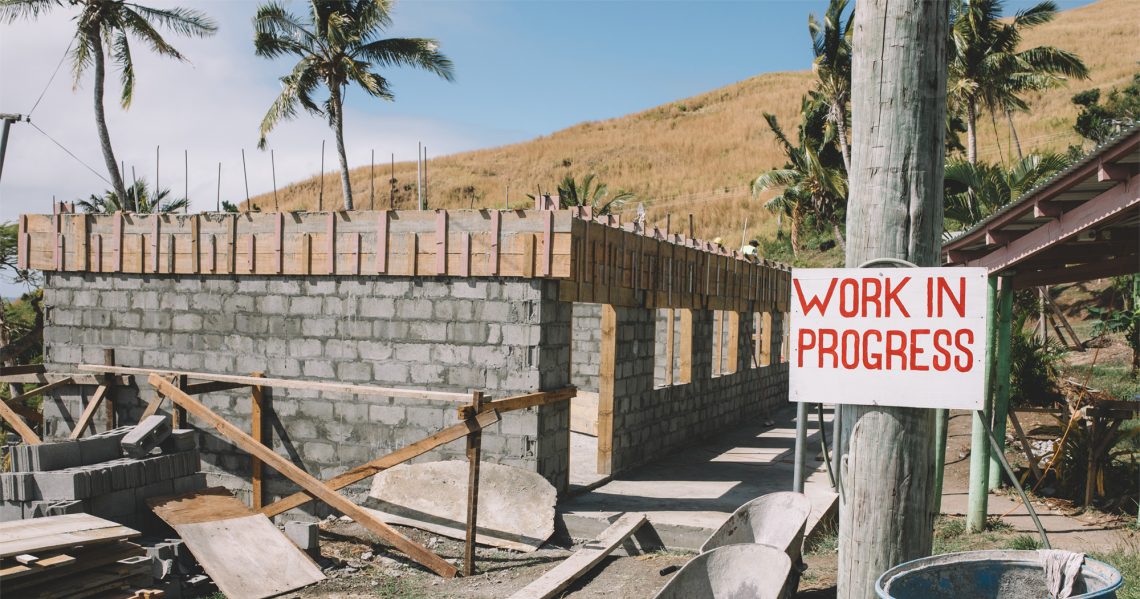Jefferson Health looks to community health workers to improve health outcomes and build trust – Inquirer.com

Report on Jefferson Health’s Community Health Worker Academy and Its Role in Advancing Sustainable Development Goals
Introduction
Jefferson Health has launched the Community Health Worker Academy, a 13-month training program designed to empower community members as front-line public health workers. This initiative addresses critical social determinants of health, such as transportation and financial stability, which directly impact patient outcomes. The program aligns with several United Nations Sustainable Development Goals (SDGs), including Good Health and Well-being (SDG 3), Reduced Inequalities (SDG 10), and Sustainable Cities and Communities (SDG 11).
Case Study: Supporting a Liver Transplant Patient
- Patient Background: A liver transplant patient residing in Carbon County, two and a half hours from Jefferson Health’s Center City clinics, faced challenges attending twice-weekly medical appointments due to transportation barriers and financial constraints during recovery.
- Community Health Worker Intervention: Lydia King, a community health worker and academy graduate, intervened by researching and coordinating access to the Medical Assistance Transportation Program (MATP), providing the patient with free shuttle transportation.
- Additional Support: Recognizing the patient’s financial difficulties as the sole provider for his family, King successfully applied for Supplemental Nutrition Assistance Program (SNAP) benefits, securing $600 monthly to support the household.
- Outcome: The patient’s improved access to healthcare and financial resources contributed to his ongoing recovery and potential return to work, promoting health equity and social stability.
Program Overview and Community Impact
- Objective: The academy aims to reduce health disparities in underserved Philadelphia communities by integrating trained community health workers into care teams.
- Recruitment Criteria: Emphasis is placed on candidates’ community connections and a genuine desire to assist others, ensuring culturally competent care and trust-building with patients.
- Training Components:
- Basic health education on chronic diseases such as hypertension and diabetes.
- Understanding socio-economic and environmental factors influencing health.
- Developing partnerships with local organizations including churches, schools, food pantries, mosques, and housing agencies.
- Placement: Graduates are primarily assigned to clinics and outpatient facilities, collaborating with nursing and social work teams to identify and assist patients with non-medical needs.
- Employment Outcomes: All eleven graduates of the second cohort received offers to continue as community health workers at Jefferson Health.
Alignment with Sustainable Development Goals
- SDG 3 – Good Health and Well-being: By addressing barriers to healthcare access and providing support for chronic disease management, the program promotes healthier lives and well-being for all ages.
- SDG 10 – Reduced Inequalities: Utilizing community health workers from within underserved populations helps reduce inequalities in healthcare access and outcomes.
- SDG 11 – Sustainable Cities and Communities: Strengthening community networks and partnerships fosters inclusive, safe, and resilient communities.
- SDG 1 – No Poverty: Assistance programs like SNAP help alleviate poverty-related challenges affecting health.
- SDG 17 – Partnerships for the Goals: Collaboration between healthcare providers, community organizations, and social services exemplifies effective partnerships to achieve sustainable development.
Conclusion
Jefferson Health’s Community Health Worker Academy exemplifies an innovative approach to healthcare that integrates social determinants and community resources to improve patient outcomes. By empowering local residents as health workers, the program not only enhances healthcare delivery but also advances multiple Sustainable Development Goals, fostering equitable and sustainable health systems.
1. Sustainable Development Goals (SDGs) Addressed or Connected
- SDG 3: Good Health and Well-being
- The article focuses on improving health outcomes through community health workers assisting patients with access to medical care and addressing social determinants of health.
- SDG 1: No Poverty
- Addressing financial instability of patients and their families by connecting them to social assistance programs like Supplemental Nutrition Assistance Program (SNAP).
- SDG 10: Reduced Inequalities
- The program targets underserved communities in Philadelphia to reduce health disparities.
- SDG 11: Sustainable Cities and Communities
- Improving access to transportation services for medical appointments through community resources.
- SDG 4: Quality Education
- Training community health workers through the Community Health Worker Academy to empower local community members.
2. Specific Targets Under Those SDGs Identified
- SDG 3: Good Health and Well-being
- Target 3.8: Achieve universal health coverage, including financial risk protection and access to quality essential health-care services.
- Target 3.4: Reduce premature mortality from non-communicable diseases through prevention and treatment.
- SDG 1: No Poverty
- Target 1.2: Reduce at least by half the proportion of men, women, and children living in poverty in all its dimensions.
- SDG 10: Reduced Inequalities
- Target 10.2: Empower and promote the social, economic and political inclusion of all, irrespective of age, sex, disability, race, ethnicity, origin, religion or economic or other status.
- SDG 11: Sustainable Cities and Communities
- Target 11.2: Provide access to safe, affordable, accessible and sustainable transport systems for all.
- SDG 4: Quality Education
- Target 4.4: Increase the number of youth and adults who have relevant skills for employment, decent jobs and entrepreneurship.
3. Indicators Mentioned or Implied to Measure Progress
- SDG 3 Indicators
- Proportion of population covered by health insurance or health service coverage (implied by the assistance to access medical care).
- Adherence to medical appointments and treatment regimens (implied by the concern over patient missing appointments and risk to transplanted organ).
- SDG 1 Indicators
- Proportion of population living below the national poverty line (implied by financial assistance programs such as SNAP).
- SDG 10 Indicators
- Proportion of people receiving social protection benefits (implied by community health workers connecting patients to social services).
- SDG 11 Indicators
- Proportion of population with convenient access to public transport (implied by securing transportation for medical appointments).
- SDG 4 Indicators
- Number of people trained with relevant skills for employment (implied by graduates of the Community Health Worker Academy).
4. Table of SDGs, Targets, and Indicators
| SDGs | Targets | Indicators |
|---|---|---|
| SDG 3: Good Health and Well-being |
|
|
| SDG 1: No Poverty |
|
|
| SDG 10: Reduced Inequalities |
|
|
| SDG 11: Sustainable Cities and Communities |
|
|
| SDG 4: Quality Education |
|
|
Source: inquirer.com

What is Your Reaction?
 Like
0
Like
0
 Dislike
0
Dislike
0
 Love
0
Love
0
 Funny
0
Funny
0
 Angry
0
Angry
0
 Sad
0
Sad
0
 Wow
0
Wow
0















































































